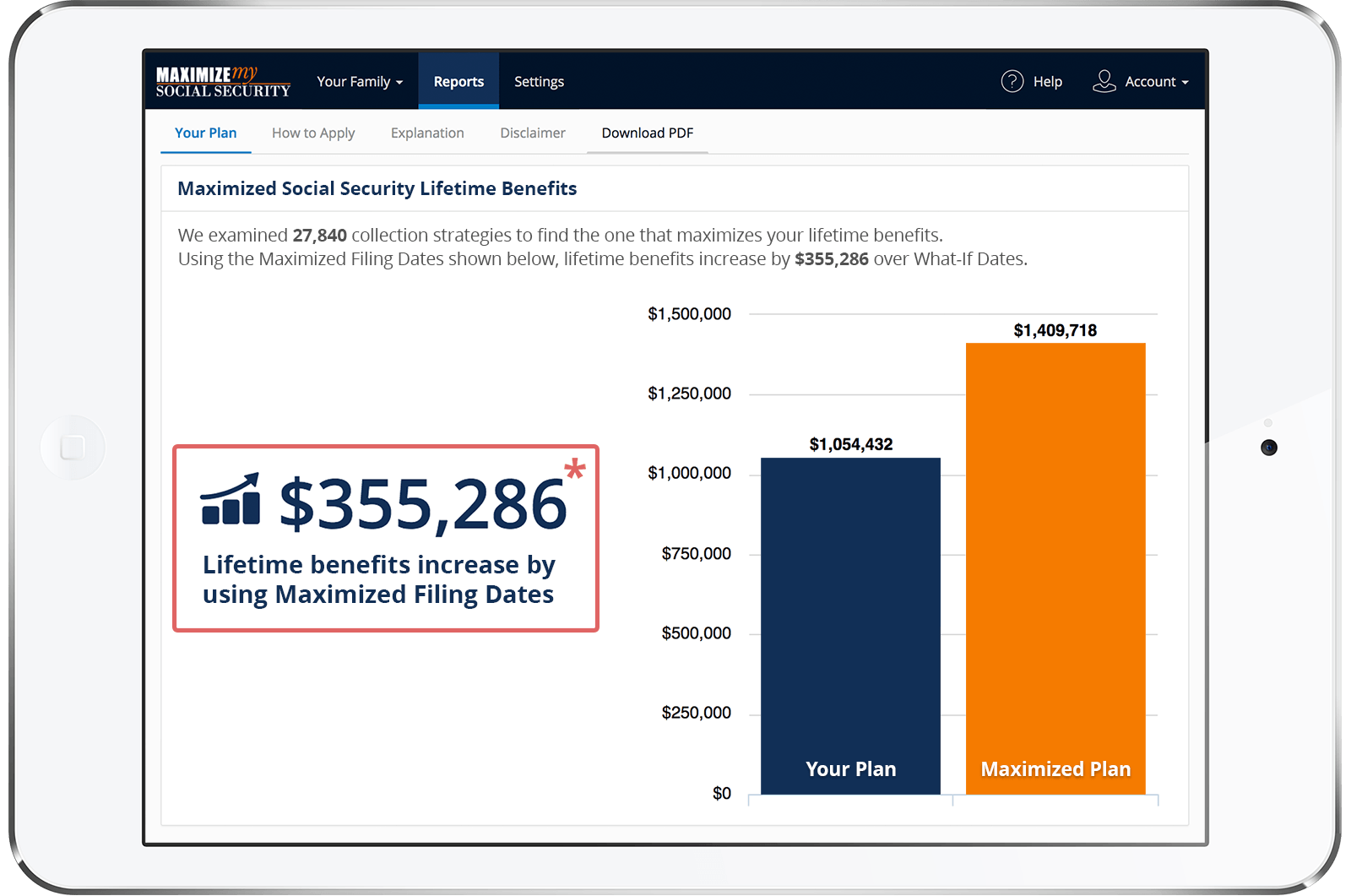In response to a question asked by Sandra you said "Eight years later, Molly's husband files for his benefits with a PIA of $2,400. Molly's spousal benefit would then be $200, or 50% of her husband's PIA minus Molly's own PIA (i.e. $2,400 / 2 – $1,000), which would be unreduced since Molly has already reached FRA when she becomes eligible for spousal benefits."
I want to confirm that the reduction for spousal benefit [i.e., (Husband PIA/2- Spouse PIA)] is based on date that the spouse becomes eligible for the spousal benefit, not when they first file for their own benefit.
Secondly, where are these rules codified? I have read information on the SSA website and only see the very simple explanations.
Hi,
Yes, it's correct to say that spousal benefits are not reduced for age if a person doesn't start drawing those benefits prior to their full retirement age (FRA). That's true even if they previously filed for reduced retirement benefits on their own Social Security record, in which case they could only qualify for an excess spousal benefit.
However, it's important to understand that a person can't file for reduced Social Security retirement benefits prior to FRA without also being deemed to be filing for spousal benefits. So, the only way that a person could qualify for an unreduced excess spousal benefit after filing for their own benefits prior to FRA is if the worker on whose record the spousal benefits are paid doesn't claim his or her benefits until their spouse is at least FRA. And, any reduction for age applicable to the person's own retirement benefit rate would continue to apply even if they later qualify for an unreduced excess spousal benefit.
Social Security benefit calculation rules are contained in the Social Security Act & Regulations, but they can be difficult to understand and interpret. Here is a link to a section of the Regulations dealing with calculations involving entitlement to more than one type of benefit: https://www.ssa.gov/OP_Home/cfr20/404/404-0411.htm.
Best, Jerry
